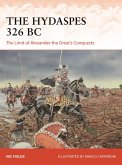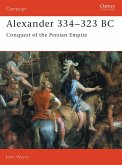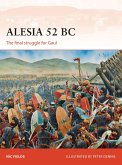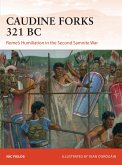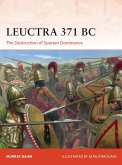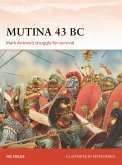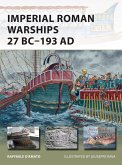The first dedicated examination of Alexander the Great's final battle and acknowledged tactical masterpiece.
In the years that followed Alexander the Great's victory at Gaugamela on 1 October 331 BC, his Macedonian and Greek army fought a truly 'Herculean' series of campaigns in what is today Iran, Turkmenistan, Afghanistan, and Pakistan. But it was in the Indus Valley, on the banks of the Hydaspes River (known today as the Jhelum) in 326 BC that Alexander would fight his last major battle against King Poros.
Using detailed maps and 3D diagrams, this beautifully illustrated work shows how Alexander used feints and deception to transport a select force from his army across the swollen River Hydaspes without attracting the enemy's attention, allowing his troops the crucial element of surprise. Battlescene artworks and photographs reveal the fascinating array of forces that clashed in the battle, including Indian war elephants and chariots, and horse archers and phalanx formations. Also examined are the differences in weaponry and armour between the opposing sides, which would prove crucial to the outcome. Although a tactical masterpiece, the Hydaspes was the closest that Alexander the Great came to defeat, and was one of the costliest battles fought by his near-exhausted army.
In the years that followed Alexander the Great's victory at Gaugamela on 1 October 331 BC, his Macedonian and Greek army fought a truly 'Herculean' series of campaigns in what is today Iran, Turkmenistan, Afghanistan, and Pakistan. But it was in the Indus Valley, on the banks of the Hydaspes River (known today as the Jhelum) in 326 BC that Alexander would fight his last major battle against King Poros.
Using detailed maps and 3D diagrams, this beautifully illustrated work shows how Alexander used feints and deception to transport a select force from his army across the swollen River Hydaspes without attracting the enemy's attention, allowing his troops the crucial element of surprise. Battlescene artworks and photographs reveal the fascinating array of forces that clashed in the battle, including Indian war elephants and chariots, and horse archers and phalanx formations. Also examined are the differences in weaponry and armour between the opposing sides, which would prove crucial to the outcome. Although a tactical masterpiece, the Hydaspes was the closest that Alexander the Great came to defeat, and was one of the costliest battles fought by his near-exhausted army.



